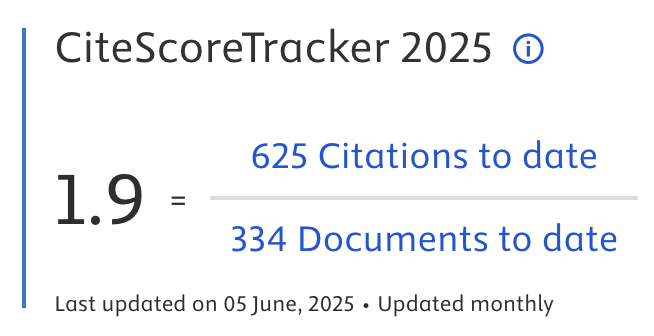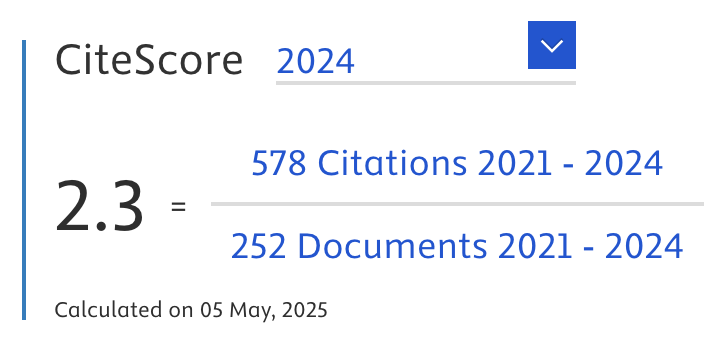Sentiment Analysis between VADER and EDA for the US Presidential Election 2020 on Twitter Datasets
Abstract
The 2020 US Election took place on November 3, 2020, the result of the election was that Joe Biden received 51.4% of the votes, Donald Trump 46.9%, and the rest were other candidates. The period before the election was a time when people conveyed who would vote and conveyed the reasons directly or through social media, especially Twitter through keywords or tags such as #JoeBiden & #DonaldTrump. In this paper, we will compare sentiment analysis and explanatory data analysis against US election data on Twitter. The overall objective of the two case studies is to evaluate the similarity between the sentiment of location-based tweets and on-ground public opinion reflected in election results. In this paper, we find that there are more "neutral" sentiments than "negative" and "positive" sentiments.
Article Metrics
Abstract: 2353 Viewers PDF: 766 ViewersKeywords
US Election; Sentiment Analysis; VADER; EDA; Twitter
Full Text:
PDF
DOI:
https://doi.org/10.47738/jads.v2i1.17
Citation Analysis:
Refbacks
- There are currently no refbacks.

Journal of Applied Data Sciences
| ISSN | : | 2723-6471 (Online) |
| Collaborated with | : | Computer Science and Systems Information Technology, King Abdulaziz University, Kingdom of Saudi Arabia. |
| Publisher | : | Bright Publisher |
| Website | : | http://bright-journal.org/JADS |
| : | taqwa@amikompurwokerto.ac.id (principal contact) | |
| support@bright-journal.org (technical issues) |
 This work is licensed under a Creative Commons Attribution-ShareAlike 4.0
This work is licensed under a Creative Commons Attribution-ShareAlike 4.0





.png)